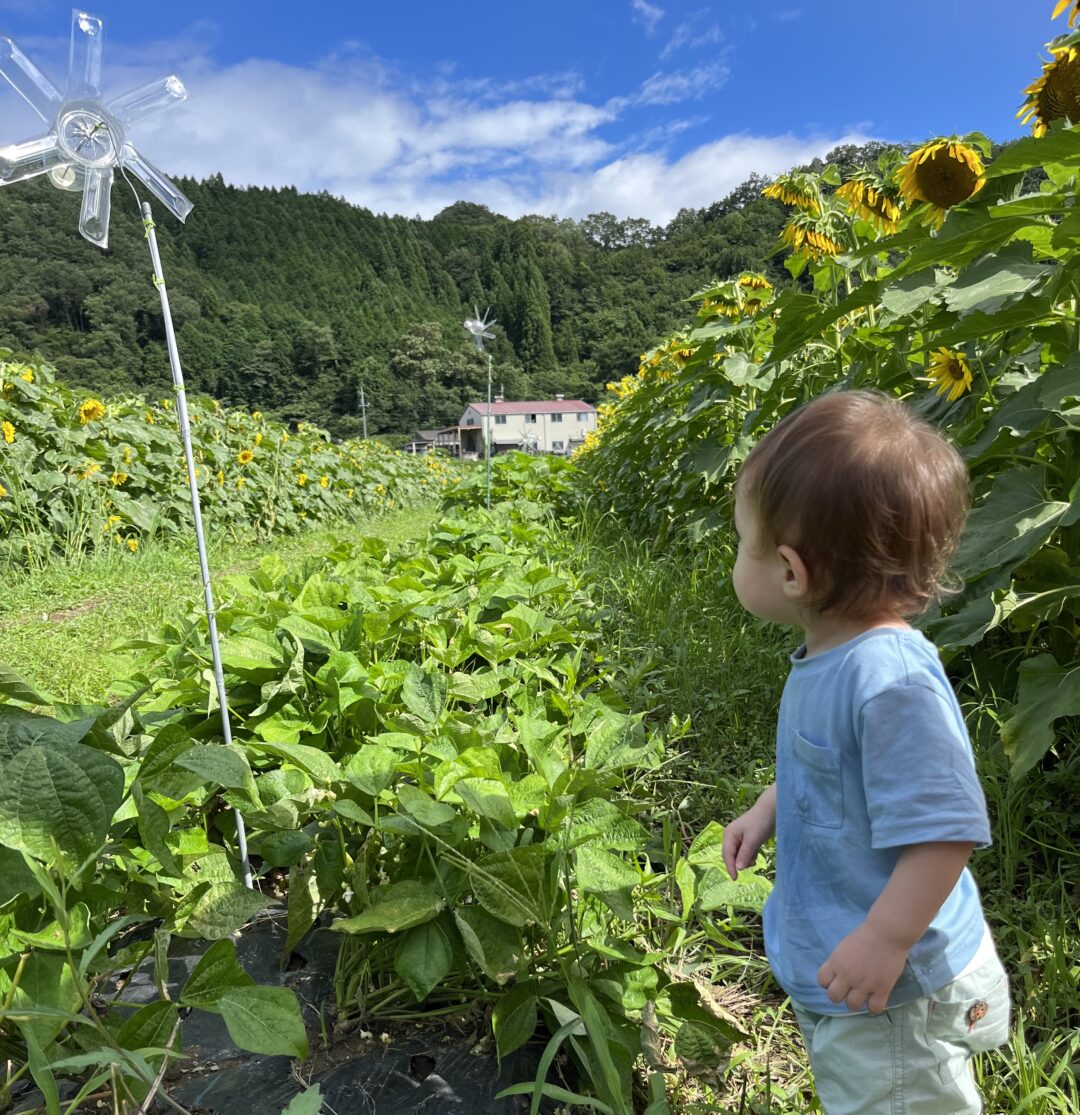When I first moved to Japan, navigating the grocery store was a huge challenge.
I struggled with reading food labels, and had no idea what people ate on a regular basis, what food was available seasonally, or how to make a meal out of the random ingredients on the shelves.
I had plenty of experience cooking, and my mom made sure that I knew the basics of making good food and shopping thriftily.. but it took several years of living abroad before my language skills and foundational understanding of Japanese food ingredients matched my abilities in the kitchen and with a calculator.
The first few months of living overseas I had no idea that I was shopping at an “expensive” grocery store that closed early in the evening, and that there was an affordable, 24-hour grocery store just across the street!!
(Granted, the cheaper store was underground inside a shopping center so not super visible, but I would have had no clue without the tip-off from one of the ladies in my sharehouse!)
The first few weeks of my overseas life especially, I had very little money as I was 23 years old and had just bought the things to supply my basic living needs. I didn’t know when food went on sale, and often rushed into the grocery store after work just before closing time, grabbing whatever random pre-cooked items were left and hoping that they tasted okay.
As time went on, I began to realize the flow of sale times, what tasted good, and locate familiar ingredients and read basic labels. Slowly – very slowly – the grocery store became less intimidating, and I knew how to navigate the aisles, and even use the self-checkout machines using the Japanese language setting.
Eating became much easier (and tasty!)!
Yet, this was only the beginning of my overseas food journey!
Continue Reading










